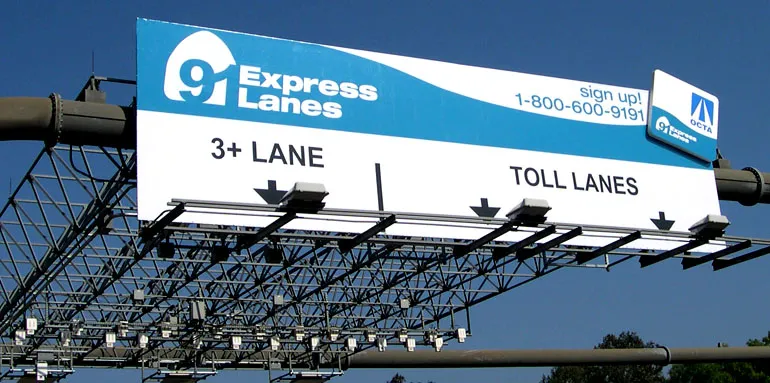
Under the agreement, Parsons will provide technical and operational services, including functional requirements and specifications development for toll and intelligent transportation systems; toll system technology implementation; policy assessments; and tolling-related planning, design, and construction activities.
“Our tolling technology offers customized solutions to enhance existing service along this heavily travelled corridor,” said Mike Johnson, Parsons Group president. “We are proud to support OCTA as it strives to provide superior services to the 39,000 daily commuters using the 91 Express Lanes.”
Parsons has a long history of providing consulting services to OCTA and currently serves as program manager and general engineering consultant for the I-405 Improvement Program. Since OCTA took ownership of the 91 Express Lanes in 2003, the agency has invested nearly US$30 million in toll revenues to improve transportation in the area.






